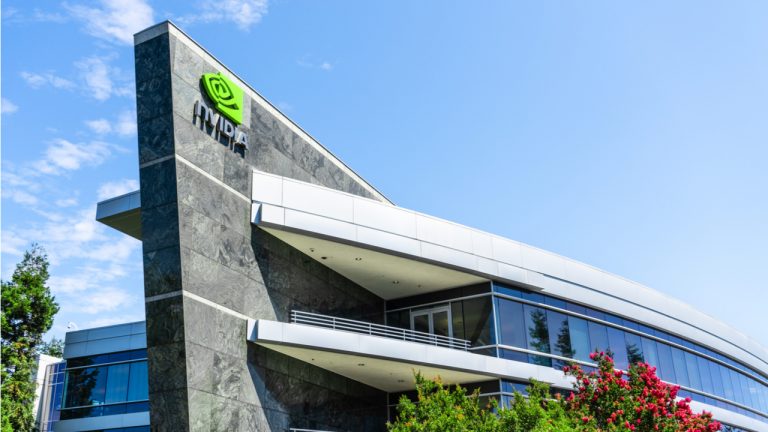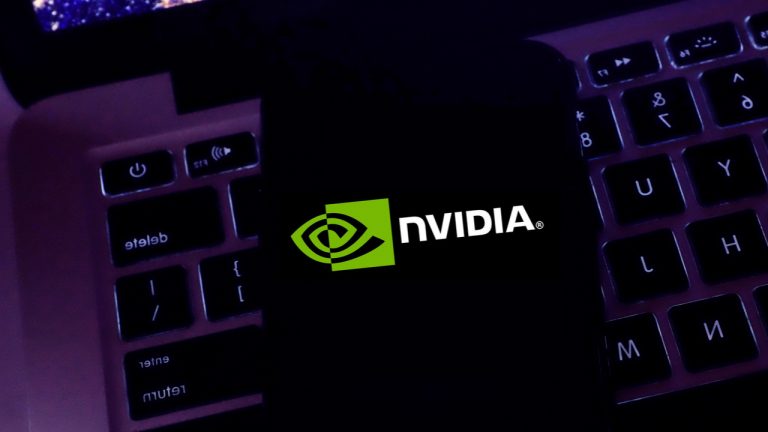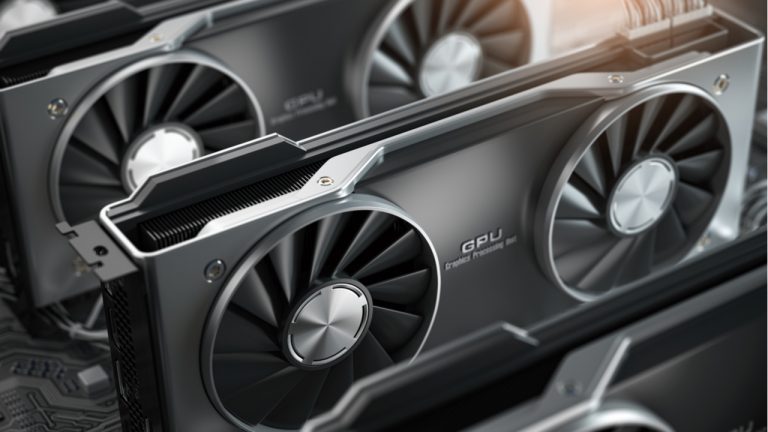
Manufacturers restrict mining of cryptocurrencies due to a shortage of GPU cards: Will this lead to the end of mining as we know it?
After an exceptional start to the year, the crypto market entered a bearish period in mid-May, causing some to reevaluate their stance on some of the fundamentals surrounding the crypto industry.
The prolonged fall of Bitcoin (BTC) — by more than 50% — and the subsequent dip in mining difficulty by 16%, which are suspected to have been partially caused by news of China’s intention to take tough measures against crypto mining and trading, as well as Tesla’s decision to stop accepting Bitcoin as payment for its electric vehicles, have turned out to be a turning point that brought criticism of crypto to a new level.
Against this background, some commentators and crypto enthusiasts have started talking about the possible end of the mining era. Or is it just a new beginning and a way for the industry to reinvent itself and make use of new solutions to appease the ever-expanding number of stakeholders?
Hardware deficit and price growth
The first bell actually rang back in February this year, when buyers of GPU cards, whether they are miners or gamers, had begun talking about a severe shortage of available cards, which led to exorbitant price increases.
For example, in the United States, some models of cards have risen in price by 120%. It should be noted, however, that the lack of components that make up the video cards have played an important role in such a price hike. What’s more, the slowdown in global supply chains on the back of COVID-19 restrictions has only exacerbated the already dire situation.
Given the spread of hysteria surrounding the short supply of GPU cards, miners were looking for alternative ways of mining cryptocurrencies as new cryptocurrencies, such as Chia (XCH), appeared. Mining this cryptocurrency requires the use of a solid-state drive (SSD), which is used for storing user data on a personal computer and is several times cheaper than GPU cards.
Chia uses free space on the device’s storage, and the more free gigabytes there are, the faster this cryptocurrency will be mined. In addition, Bram Cohen, creator of Chia Network, argued that his cryptocurrency is environmentally friendly compared to others because hard drives consume significantly less power than GPU cards, which means less harm to the environment. Of course, critics were quick to point out a key shortcoming of such a strategy, arguing that the lifespan of this equipment gets reduced to just 80–160 days, which means it must be constantly disposed of for something new.
Despite an alternative to the GPU cards, the emergence of Chia has also inevitably led to a shortage of storage devices and an increase in their prices. In China, back in April, consumers began to buy hard disc drives with a capacity of 4–18 terabytes, while SSDs were also in hot demand. In Hong Kong, the excitement instantly provoked a rise in prices for these components; depending on the model, the cost increased by $25–$75.
Fighting miners
In the wake of price increases, GPU card manufacturers began to actively fend off crypto miners back in February. Spearheading the assault, Nvidia tried to prevent mining by releasing a special driver 470.05 for its RTX 3060 cards, which are widely used for mining Ether (ETH). However, the block did not work in most cases, as miners bypassed it using cheap plugs for HDMI ports that mimic the operation of a monitor.
The unsuccessful attempt to limit the performance of GPU cards forced Nvidia to try a hardware block. At the end of May, the company announced a line of GPU cards called GeForce RTX 30 Lite Hash Rate. The GeForce RTX 30 LHR series includes video cards of the 3060, 3060 Ti, 3070 and 3080 series.
Protection against mining on these cards is implemented at the hardware level: When Ether is mined, the performance drops by half, and the overall mining efficiency decreases by more than 50%. The start of sales was scheduled for late May to early June, but the company has not yet released this product.
Nvidia’s partners have also joined the initiative by releasing GeForce RTX 30 LHR cards under their own brands, and Zotac was among the first. These cards are distinguished with a new marking so that buyers can differentiate the cards when buying one. Anti-mining cards have letters “GE” or “G” in the name, for example, Zotac RTX 3060-12GD6 Destroyer GE Pro.
Moreover, at the end of May, PC manufacturer Asus registered the v2 series GPU card with the Eurasian Economic Commission. Most likely, this is how the company labels the LHR models, which have hardware and software protection against Ether mining.
It is noteworthy that AMD, the only big competitor to Nvidia in the GPU cards market, has not yet reacted in any way to the attempts of its competitors to return the prices of gaming cards to their previous values. The company has announced no plans to release special anti-mining modifications of its accelerators. Meanwhile, the company said that it would not limit the computing power for mining cryptocurrency so that users can determine what to use the computing power of the GPU for.
Double game
Having deprived crypto miners of using gaming cards, Nvidia simultaneously offered miners an alternative in the form of a series of CMP HX accelerators. These products are focused specifically on mining, which is expressed in the presence of a special crypto mining processor (CMP) and the complete absence of external interfaces. In other words, it’s simply impossible to connect a monitor to them — thus, it can’t be used for gaming.
Asus CMP 40HX will be able to provide mining efficiency of up to 43.77 megahashes per second, while the official number announced by Nvidia stands at 36 MH/s. The 21% higher hash rate is due to memory and power consumption optimization of the video card.
It was assumed that a specialized mining card CMP 40HX would go on sale before the end of the first quarter of this year. Like all other models of specialized video cards of the CMP HX series, they will be distributed by NVIDIA partners. Asus was the first to announce possible prices for such cards: CMP 40HX could cost $699 and the younger model, CMP 30HX, whose mining efficiency is 26 MH/s, around $599.
AMD is also preparing a new GPU that will be designed for cryptocurrency mining. The cards will be based on Navi 10 and Navi 12 chips, which will be capable of mining Ether. AMD has stated that the new GPU would be released without VCN and Display Core Next DCN technologies, which will prevent them from streaming video to the display, once again, rendering them useless for gamers.
Known manufacturers of other mining equipment are not sitting on the sidelines either. Sabrent announced at the end of May the sale of PlotRipper SSDs for Chia Coin miners. The main advantage of the new SSDs is their larger capacity, which will be used gradually as the drives wear out. The PlotRipper and PlotRipper Pro models contain 4TB and 8TB NAND chips, respectively.
Is the end of crypto mining canceled?
The desire of manufacturers to separate their mining cards from gaming ones is understandable, especially when the company is experiencing problems with resources for the production and tarnishes its image in the process.
But in any production, the main thing is demand, which generates income. At the end of the first quarter of 2021, Nvidia made $155 million in revenue from the sales of GPUs designed specifically for cryptocurrency mining. In the second quarter of the fiscal year, it expects to generate $400 million.
Related: Top crypto mining hardware to expect in 2021
AMD also released its first-quarter report showing impressive revenue growth, recording a 93% rise to $3.45 billion over the same period last year. The management explained this dynamic by the surge in demand for consumer Ryzen processors and Radeon graphics cards. The average selling price has been rising in both the CPU and graphics segment. In fact, the revenue from the sales of client processors and their average price have reached record levels.
Thus, if companies continue to make such profits, in which cryptocurrency mining plays an important role, then it is likely that chip manufacturers would be willing to cater to all avenues of customers with specialized products. It may actually be that mining is not only alive and well but, in the face of a sharp drop in crypto prices, may actually come out stronger as the result.










